From clay to concrete: Navigating the landscape of garden pot materials
Written by
01 May 2025
•
7 min read
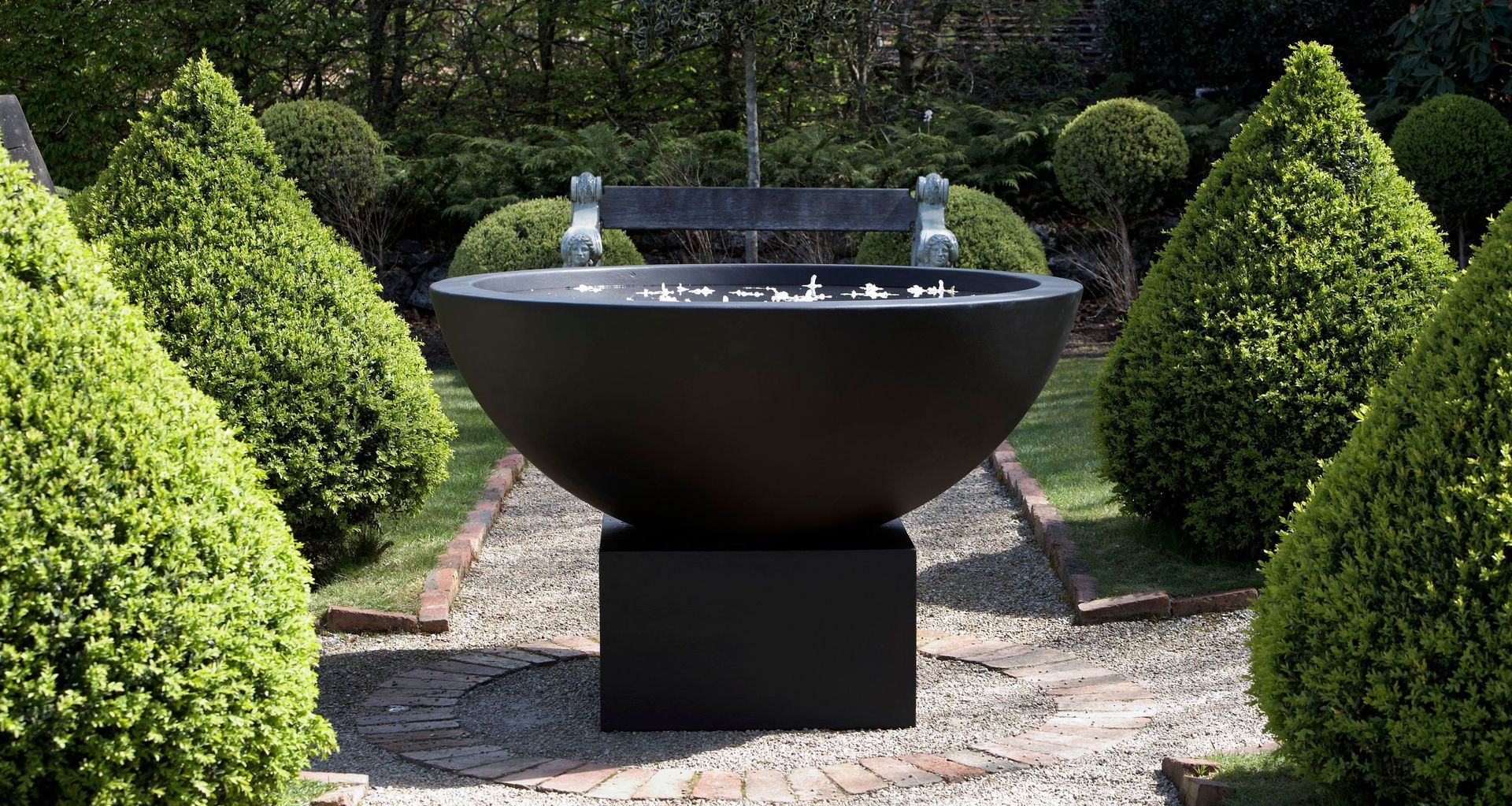
Our gardens and the plants we keep are an important part of our homes, fostering our connection with nature and giving us a sense of pride in our spaces. The garden pots we choose often pivot around a material choice, and the increasing number of options in the market has made selecting one all the more challenging.
We sought the advice of John Rose, General Manager at Kellock Pots & Planters, to help guide us on these matters and bring some clarity to this surprisingly complex issue.
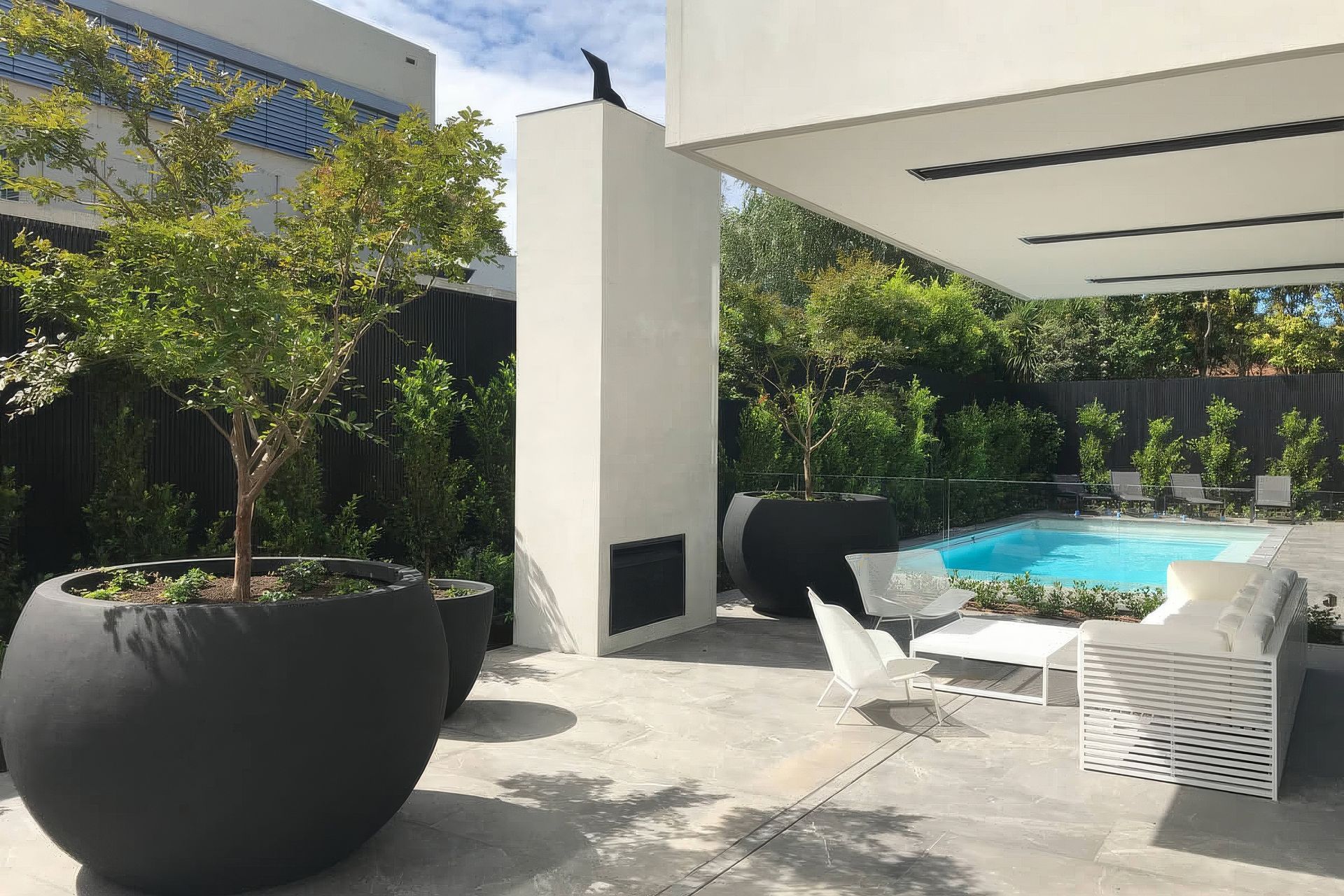
The different types of garden pot materials
As just mentioned, there is a huge range of garden pot materials available in Australia, each with its own traits and qualities. Some of the most popular include:
- Terracotta
- Plastic
- Fibreglass
- Wood
- Ceramic (glazed and unglazed)
- Metal (Cast Iron, Corten Steel, Aluminium etc.)
- Concrete
- Glass Fibre Reinforced Cement (GRC)
As John Rose explains, they all have their natural advantages and disadvantages, though some are based on misconceptions which should be checked.
“Fibreglass pots have a bad name to it because it's derived from a fossil fuel, but a lot can be made extremely well, and they are lightweight and don’t scuff easily. People also think terracotta can be too fragile for what they need, but most of the time, it’s ok. Concrete is durable and can withstand the growth of the root ball, but it’s heavy, so everything has its advantages and disadvantages.”
On top of this, there is variation in the grade and manufacturing quality within these different materials, a fact many don’t presume. John stresses the significance of this, especially when it comes to longevity, something that has wider implications on the return on investment and the sustainability of a product.
“Some suppliers have a mentality of selling more pots rather than thinking about the longevity of the pot. We don't want to go down that path. The more time you can get out of garden pots, the better it is for any material. If you give people one better pot, compared to four cheap pots over the same time, you’re offsetting those carbon emissions too.”
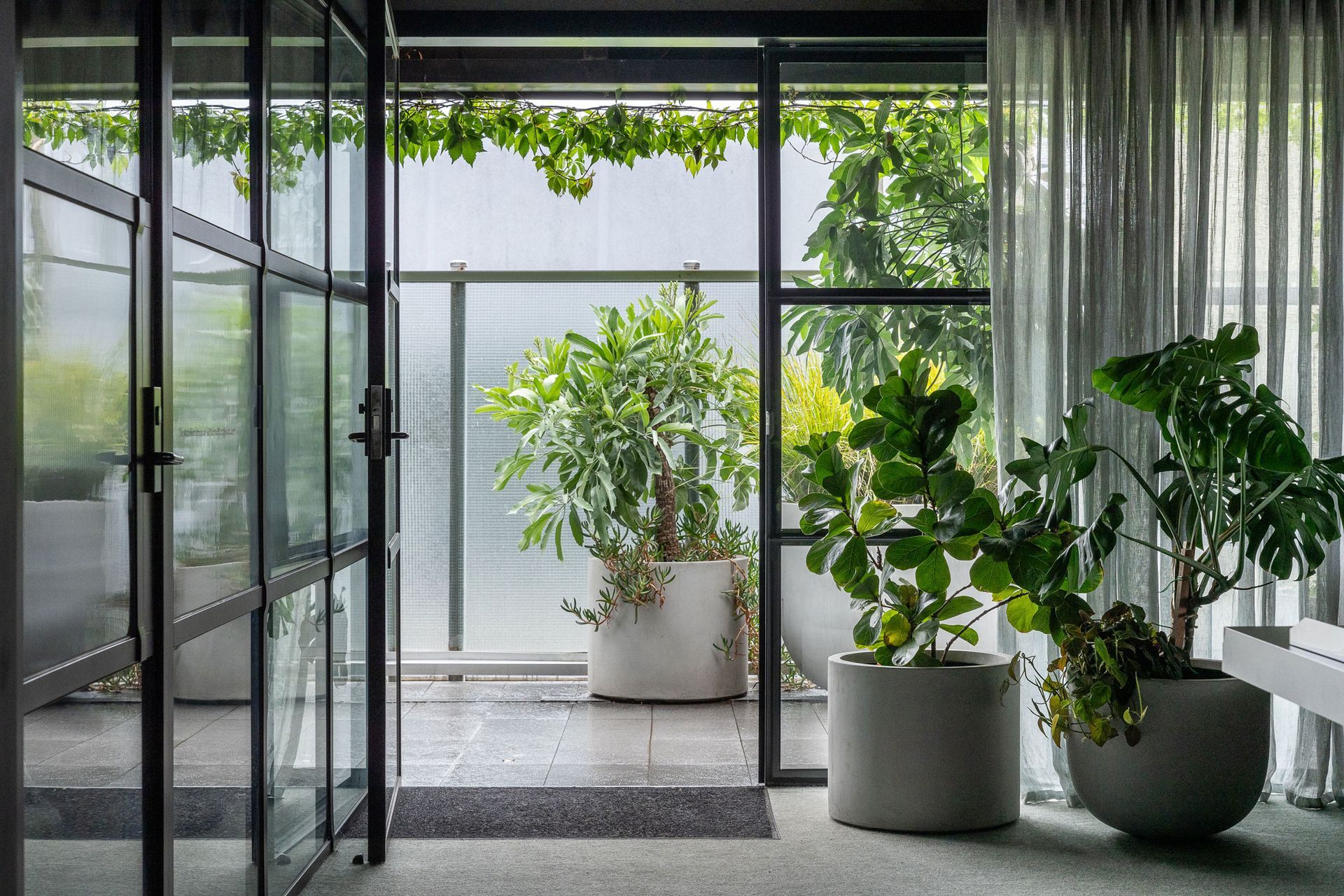
The options around sustainability
Sustainability is a key issue in modern times, with more and more people wanting to make better choices for themselves and the planet. When it comes to garden pot materials, the issue is quite complex, given that the processes for nearly all pot materials typically involve extracting a raw material and transforming it from a natural to a solid state.
However, John makes the valid point that buying and using a garden pot generally offsets the carbon emissions used to create it.
“Using pots can conserve water because you can water more precisely than irrigating the ground. Also, putting a plant in a pot helps take carbon dioxide out of the atmosphere and growing fruit and vegetables eliminates the carbon emissions of transportation that would otherwise happen to and from supermarkets. You can also reuse pots very easily with different plants if they outgrow them.”
John says there are also some interesting things happening with top manufacturers in the industry to further reduce the carbon footprint during manufacturing.
“Suppliers are researching materials and minerals where they can make it without a kiln. Glass fibre reinforced concrete is one that doesn't have to be baked or cooked. Some governments are also asking suppliers to move from wood-fired kilns to gas kilns because they emit less carbon. Some suppliers using wood-fired kilns have introduced smoke filters, which filter most of the carbon out before it goes into the air, or are sourcing their wood from offcuts of furniture instead of cutting down trees. So they’re making these changes to make the products as green as possible”.
Climate considerations and plant health
People often ask if weather and climate are factors to think about, and rightly so in a country of weather extremes like Australia. This naturally segues into questions about plant health, all of which are good to think about at an early stage.
On the former, John explains that the main risk is through frost, which makes some materials more susceptible to breakage than others.
“Normal terracotta breathes and lets a plant breathe, but it absorbs a bit of water, and that's where frost can affect it and crack it. But there are some terracotta pots that have added materials to help manage that frosting. High-fired ceramics, on the other hand, don’t allow water to penetrate through the walls of the pot.”
The trait of material breathability is also often associated with plant health, however, John says other external factors probably have more influence.
“There are some people who would only put most plants in a terracotta pot. But between the pots and the plants, a key element of bringing them together is the potting mix. A lot of people tend to use the garden soil from the backyard, and most of the time, it kills the plants because it gets compacted and can't breathe. Nowadays, we have quality potting mix which has a lot of different materials mixed together, so it lets the roots breathe.”
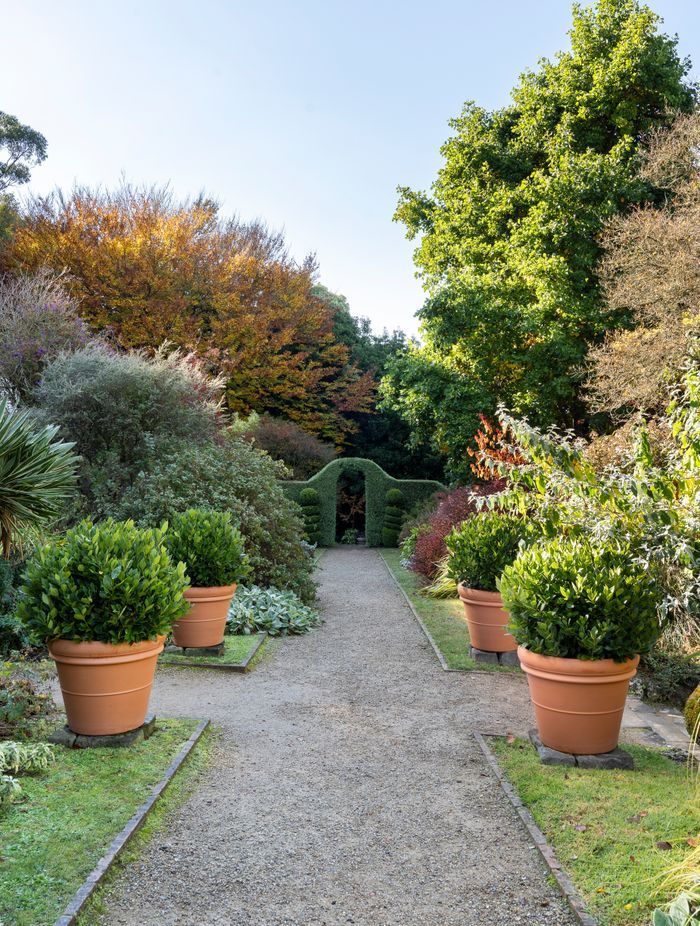
Trending materials of today
When broaching this topic, especially for the first time, it’s always insightful to understand what the trending materials of the day are. This can give you an immediate, holistic view of what’s popular and why, giving you a quick starting point that may be the solution you’re looking for.
We asked John about the materials that were trending at the moment, and interestingly, the two he spoke of were contrasting examples.
“Now people are going for earthy tones of pots, in the way of terracotta and clay pots. At the same time, our biggest seller at the moment is something from our concrete range. Concrete suits architectural buildings, apartments and busy modern lives, while those who want to be connected with nature are going for more earthy tones.”
He goes on to say that the interest in sustainable, eco-friendly products is also growing.
“Since COVID-19, people have had a reality check, wanting to go back to being connected with nature. I think that people are making decisions based on green issues and want to save and protect the environment.”
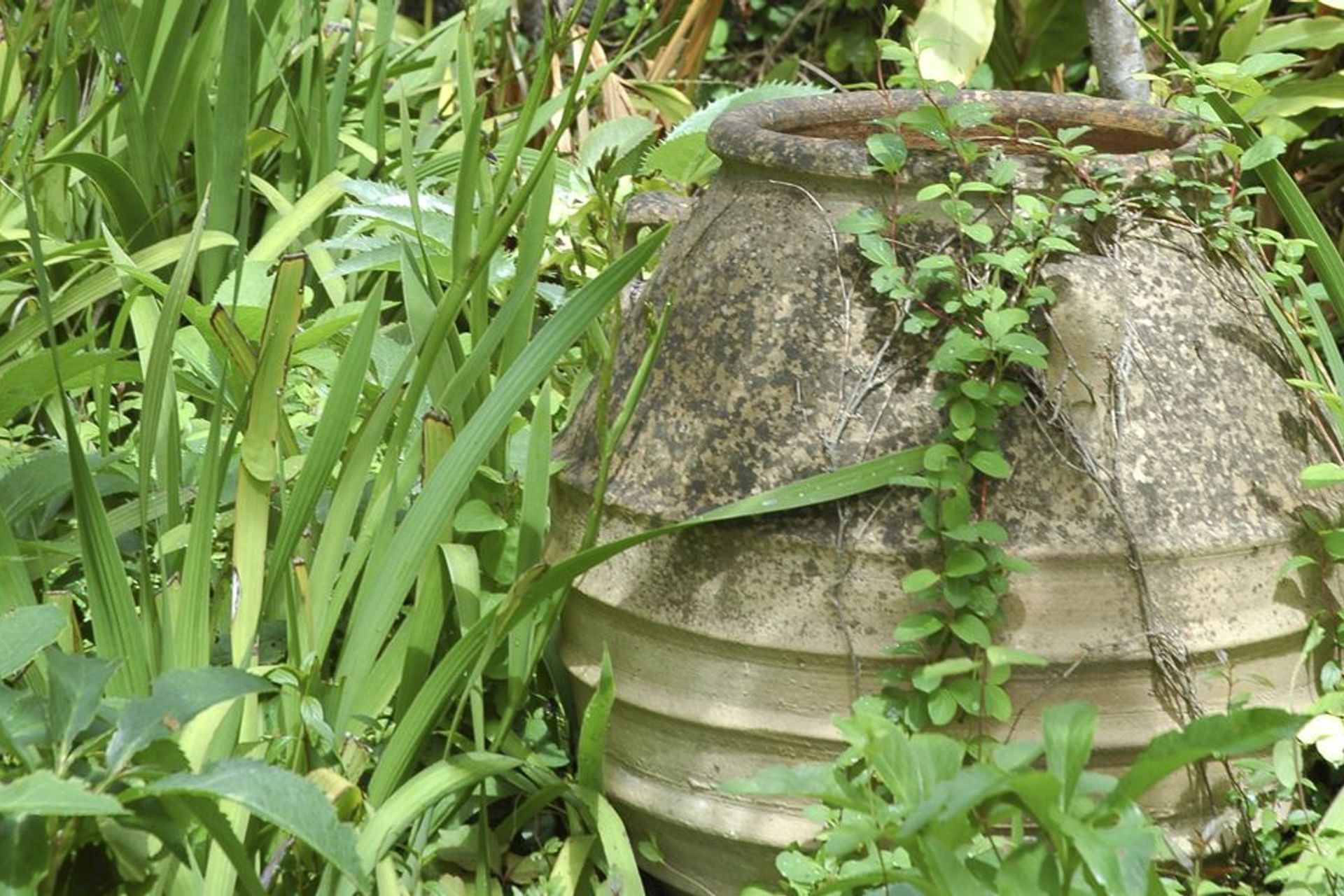
Emerging materials to watch out for
On a similar note, it’s also good to enquire about any new and emerging materials, as they have often been created to meet the modern needs of those in the market.
When posed this final question, John instantly spoke of glass fibre reinforced concrete (GRC). Discussed already, this has the advantage of not having to be cooked through a kiln, which means it doesn’t have the same limitations for shapes and sizes as clay-based alternatives have. It’s also something that has been around for a while but is only more recently finding its way into the home and garden.
“GRC is the most innovative material in recent times. The advantage of GRC is that it's lighter than actual concrete, which has gravel. One concrete pot is equivalent in weight to probably two or three GRC pots. And it has a nice look, a nice warm colour to it. You can add slight pigments to it to change its colour, and people have started using it for sinks, basins and benchtops too — so I think GRC seems to be the winner at the moment.”